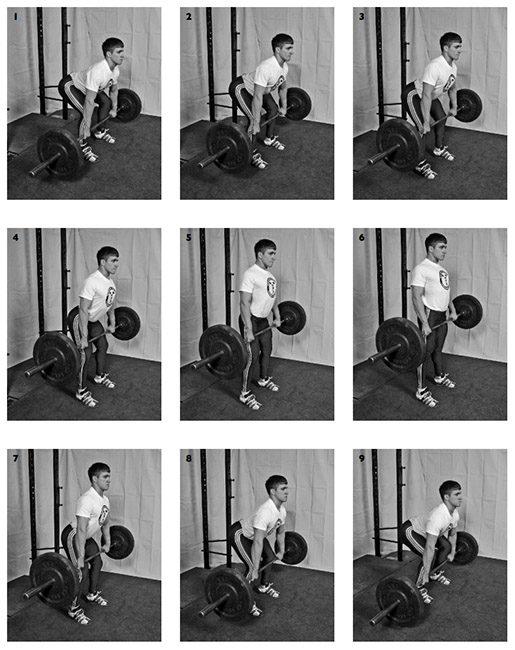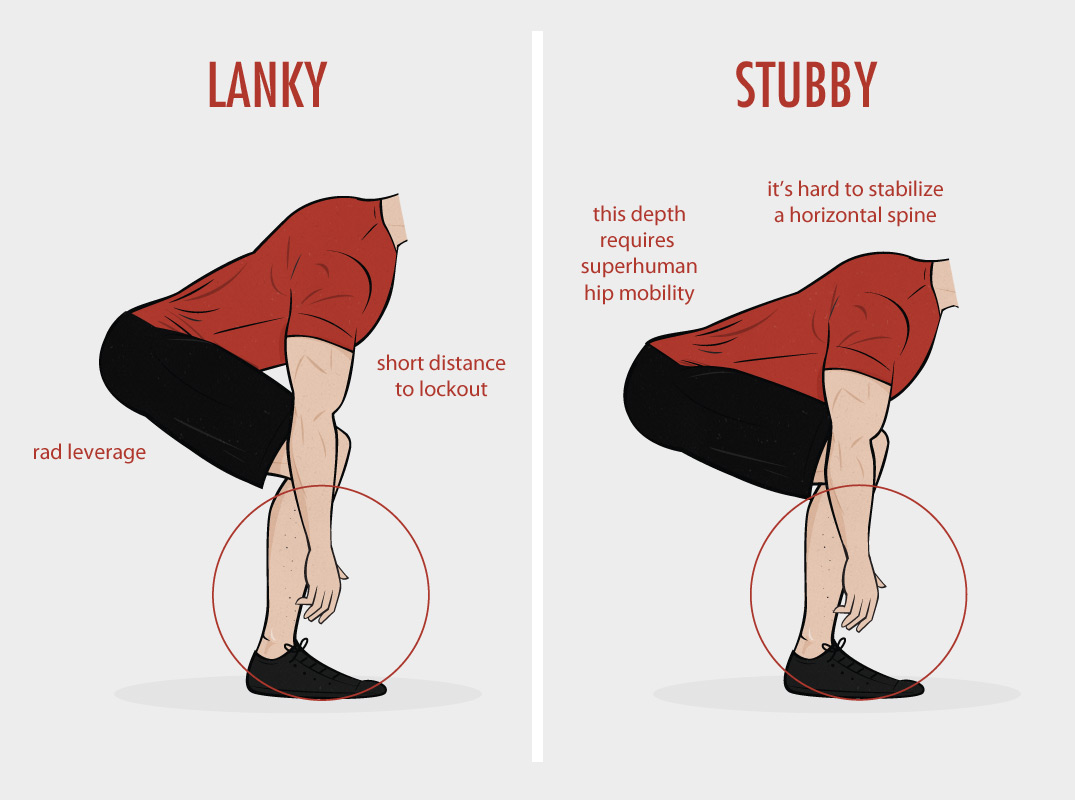The Deadlift
The lift of the dead.
An orchestrated revival of dead weight. Just sitting there, laying on the ground like a corpse. Begging in absolutely no words to be picked up and resuscitated.
But with all its allure and seduction, it can bury you too. Like a Danse Macabre.
According to myth, the Deadlift got its name somewhere in ancient Rome, after military battles when young Roman soldiers would go out into the field to lift their fallen comrades onto wagons to later be buried. Literally, “lifting the dead.” This was used not only to help young soldiers get familiar with battle and death, but to also increase overall strength. [1] [2]
A horrible notion, but again, just a myth. Perhaps.
A more likely scenario is that strength training developed for various reasons of survival and/or sport, and the movement was similar enough to casualty care during combat to name it the Deadlift. Plus, the weight on the ground is at a dead stop and is performed with “dead arms,” or no motion in the elbow.
Curiously, it has a history of also being known as the "Healthlift," and there are even professionals attempting to rename it the "Lifelift" in recent years because of its use in maintaining health and well-being. Quite the opposite of death.
Name origin aside, it's such a brute power movement, the Deadlift. How much can you pick up off the ground? There's a sexy something there, in lifting terms. All that chalk and iron and sweat and grit.
Instead of “How much can you bench?” maybe the bro question at the gym should be “How big is your deadlift?”
It’s as much form as will power, which is perhaps a bit unfortunate because it can get a little ugly at times. Rounded, like a scared cat on Halloween. Drooping, like a wilting daisy without water. Shaking, like a dog shitting razor blades. Sorry to be crude, but at least you get the picture.
Sometimes ego gets in the way of technique, and people pull a barbell off the ground with little or no regard for their spinal future.
Yet besides just feeling cool, besides just the sheer power output, the Deadlift has outstanding transfer of technique to other lifts and other facets of fitness. It’s like having sprint speed or a strong Back Squat in this regard.
It's never a bad thing to be fast and strong.
As an example, completing a safe and efficient Clean or Snatch uses a stable back position, and thus the Deadlift transfers to the Clean, and both conventional as well as wide grip deadlifts aid in the Snatch pull. The hip position of the Deadlift is not exactly the same as in Olympic Weightlifting, but the strength transfer is present even though body positioning is not a direct correlate.
Much of what is taught with midline stabilization from the Deadlift is transferable when discussing and working on a set and stable midsection for other movements as well. It’s not just for safety while lifting weights, good posture and an emphasis on being strong and athletic is just as beneficial. For instance, performing good pull-ups utilizes similar body positioning as the Deadlift, as does running, jumping, rowing, and moving weight overhead. Spinal safety tapped and fully realized.
There are quite a few starting positions possible in the Deadlift, as well as foot and hand placement. We can work from a deficit or from blocks to change the set-up. A stiff-legged deadlift allows very little movement of the legs, as the name denotes. A sumo deadlift involves very wide feet, all the way out close to the weight plates during a barbell deadlift, with hands inside the legs during the pull. World record deadlifts are now pulled in this style, which allows for less hip movement necessary to perform the lift, and has a ton of merit for moving the most weight off the ground as possible.
In 1990, Olympic and world champion and world record holder Nicu Vlad, of Romania, along with his coach Dragomir Cioroslan, combined a stiff-leg deadlift and traditional deadlift, explaining they felt it would make Vlad’s back strong for the Clean in competition. Since they didn’t give it a name, U.S. Olympic Weightlifting team coach Jim Schmitz witnessed the lift and decided to call it the Romanian Deadlift, or RDL for short. The name stuck. [1]
But it’s the traditional deadlift that will get our focus here for transferrable technique.
A conventional Deadlift becomes less lower back and more legs and posterior chain from where the lifter can garnish power-- hamstrings, gluteus muscles, up into the spinae erectors of the back. The quadriceps and other supporting leg muscles get involved, and even the lats and the biceps are recruited to a certain degree. A nice combination for many overall benefits.
Feet shoulder width apart, hands and arms just outside the legs, back set, chest up, hamstrings and glutes loaded. Knees pull back slightly to keep the shins virtually vertical as the bar moves up the leg, then hips press forward into the bar once past the knees.
It's better with visuals. Here’s a pictorial breakdown of a few key points:
Set-up
Pull
Return
And Repeat
Of course this is all well and good if the implement is a loaded barbell, placed at the same height at your shins each rep, 8.5 inches from the ground, with no other variables to factor. Picking up a random heavy object from the floor while working around the house or within your profession will not look like a barbell deadlift. The mid back, or the thoracic spine, will curve quite a bit if the object being lifted needs to be gripped or "hugged" to the body.
In fact, while on topic, the thoracic spine will actually go through curvature during a max effort barbell deadlift anyway. It's the lower back, or the lumbar spine, that is set. The mid back will almost always see some form malady occur in super heavy repetitions. Not entirely unsafe, but that choice always needs to come from the athlete him/herself-- "Can I safely pick this up? Is it worth a potential injury if I keep pushing this rep?"
Finally, our variance in body types will require slightly different starting points, specifically in regards to hip height. Limb length plays a small factor, which is where a coach can help to best set up an athlete for success.
Considering all variables, it's relatively easy to benefit from the Deadlift-- find something heavy, pick it up, repeat. The skeletal muscles, the central nervous system, and the endocrine system will combine to elicit growth in fitness. Don't get too buried in the details, but do find eternal comfort knowing the ins and outs as it applies to your goals. Stay safe, stay strong.
Away you go, into the dead zone. Let us know what it's like in the beyond.
- Scott, 8.4.2014












